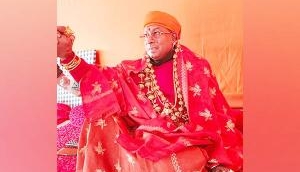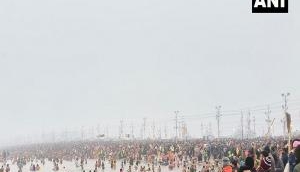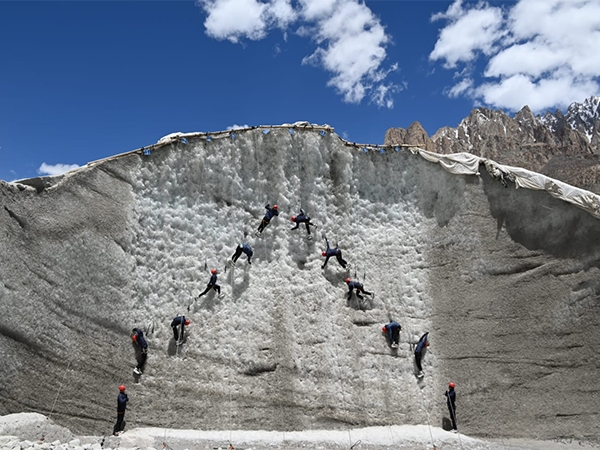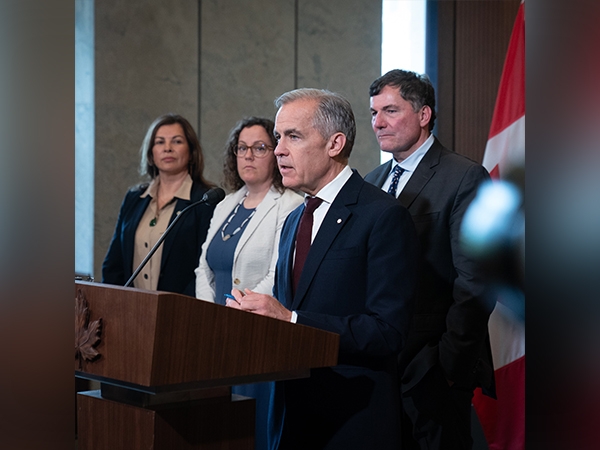What would the ancient astrologers have told us about 2017?

Apparently 2017 will be my year - indeed, it is a good year for everyone born between November 22 and December 21 under the sign of Sagittarius - half man, half horse, all myth.
Modern astrology as we know it - in the form of a yearly, monthly or daily horoscope - is based on a celestial coordinate system known as the "zodiac", a Greek word that means the circle of life. And, although astrology has been dated to the third millennium BC, it has been argued that it began as soon as humans made a conscious attempt to measure, record and predict seasonal changes.
But, unlike modern times where the idea of star signs and horoscopes is often scoffed at, until the 17th century astrology was seen as a scholarly tradition. And it is credited as influencing the development of astronomy - because back then its concepts were used in alchemy, mathematics, meteorology and medicine. And it was even accepted in political and cultural circles.
But by the end of the 17th century, emerging scientific concepts in astronomy undermined the theoretical basis of astrology, which as a result fell out of favour.
The ancient 'mathematici'
Medieval astrologers - who were known as mathematici - wove stories in an attempt to say something true about the world. And, much like modern mathematicians, they made predictions which they hoped could be verified.
One of the earliest Christian authors, Origen, hinted at the presence and desire for knowledge about the future, given by mathematici. Origen, who had a somewhat uneasy relationship with Christian orthodoxy, speaks of man's "insatiable desire" to know about the future.

Astrologer-astronomer Richard of Wallingford is shown measuring an equatorium with a pair of compasses in this 14th-century work.
He complained about the situation of the Old Testament Israelites who were forbidden from "heathen" divination techniques, including "astrology" and argued that in the Israelites' desperation to know more about their future they turned to their prophets and the stories they told. Though, this was convenient for Origen because he argues that they foretold the coming of Christ.
Several centuries after Origen's death, bishops at the Christian council of Braga in 561 condemned these mathematici and their stories because of their implicit assumption that the future could be told by looking at the stars - which raised questions about free will.
Stars aligned
Throughout history, astrology and the stories told by mathematici were repeatedly condemned - and the frequent criticism of the practice only makes sense in the context of astrology's prevalence in the everyday life of the early Middle Ages. After all, you can only disprove what is practised.

The purported relation between body parts and the signs of the zodiac.
Limbourg brothers - Own work, Public Domain
Part of the problem was that the stories astrologers and their horoscopes elicited could be dangerous, wielded by kings and emperors like monarchical manifestos that described the tone of their rule, violent or peaceful, long or short. But like beauty, the meaning of a story lies in the eye of the beholder.
Astrology in the Middle Ages held an ambiguous position, disparaged but common, reviled but satiating an "innate desire". It told stories about the world and the lives of the people in it, stories that hinted at their true desires and motivations.
Such desires are no more apparent and perhaps surprising that in the case of the bishop and amateur astrologer Pierre d'Ailly around the year 1400. At the time, the church faced a division which threatened to rip the institution in two. The Great Schism was a result of a desire for a Roman pope after years of the pope having a base in Avignon, France - and a series of popes and antipopes brought turmoil to the Church and across Europe.
Plus, historically speaking, the beginnings of centuries and millennia have tended to encourage people to reflect on the stability of the world and its possible end - and the schism brought that sharply into focus.
D'Ailly examined the night sky, but did not predict fire and damnation, instead, he suggested that the end of the world was far in the future, something for other generations to worry about. D'Ailly confounded expectations by reading the stars and telling whoever would listen to him a convenient truth: the stars tell us to press on and to make something more of this world - and who could argue with that?
Reading the future
For D'Ailly, the prospect of an imminent apocalypse called only for man to repent and pray - and possibly abandon the institutions that kept the world ticking over. Whereas D'Ailly hoped that, by facing the fact that the world would continue, the church would heal its recent division and carry on with what it was good at - saving souls.
Like D'Ailly, these messages from ancient star gazers tapped into an innate human desire: to gain a sense of control in a world of disorder. Something to hold on to when doubts formed about the road ahead.
Of course, human history is filled with foreboding about the future - and 2016 has shown us that the world is still full of surprises. So while these days we're not all looking to the skies for an explanation of worldly happenings - like our ancestors did - perhaps we can look to the past to understand people's desire to make reason out of the unreasonable.
And while astrology has a somewhat problematic relationship with modern science, my own prediction is that the year 2017 looks set to be as turbulent as any. So perhaps D'Ailly was on to something when he suggested we just try to do our best.
![]()
Karl Kinsella, Lecturer in Medieval Art and Architectural History, University of York
This article was originally published on The Conversation. Read the original article.
First published: 2 January 2017, 20:59 IST





![BJP's Kapil Mishra recreates Shankar Mahadevan’s ‘Breathless’ song to highlight Delhi pollution [WATCH] BJP's Kapil Mishra recreates Shankar Mahadevan’s ‘Breathless’ song to highlight Delhi pollution [WATCH]](https://images.catchnews.com/upload/2022/11/03/kapil-mishra_240884_300x172.png)

![Anupam Kher shares pictures of his toned body on 67th birthday [MUST SEE] Anupam Kher shares pictures of his toned body on 67th birthday [MUST SEE]](https://images.catchnews.com/upload/2022/03/07/Anupam_kher_231145_300x172.jpg)






